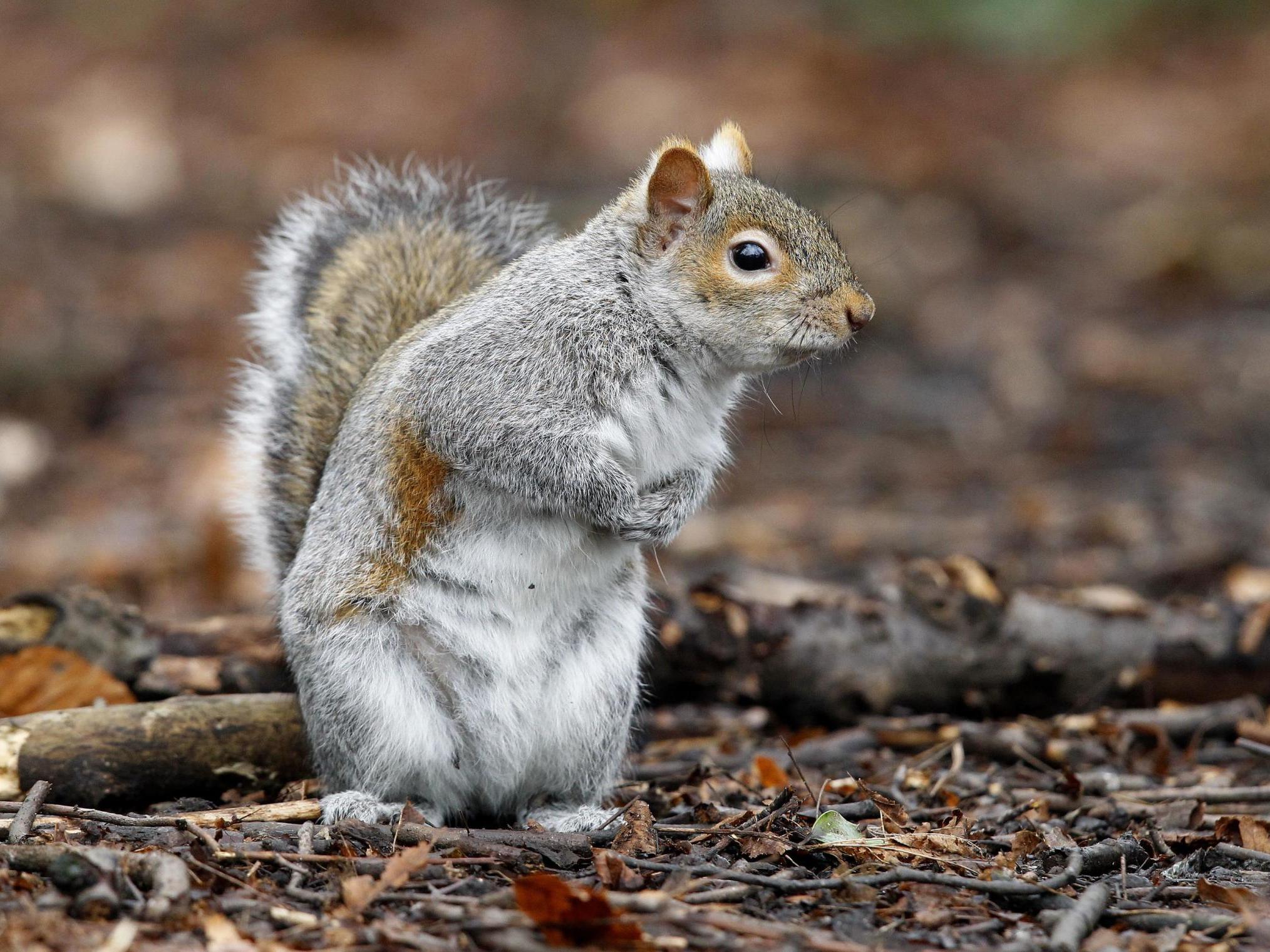Take ‘charisma’ into account when managing invasive species, scientists say
Researchers say popularity can mask threat to biodiversity

Your support helps us to tell the story
From reproductive rights to climate change to Big Tech, The Independent is on the ground when the story is developing. Whether it's investigating the financials of Elon Musk's pro-Trump PAC or producing our latest documentary, 'The A Word', which shines a light on the American women fighting for reproductive rights, we know how important it is to parse out the facts from the messaging.
At such a critical moment in US history, we need reporters on the ground. Your donation allows us to keep sending journalists to speak to both sides of the story.
The Independent is trusted by Americans across the entire political spectrum. And unlike many other quality news outlets, we choose not to lock Americans out of our reporting and analysis with paywalls. We believe quality journalism should be available to everyone, paid for by those who can afford it.
Your support makes all the difference.Conservationists should take into account the “charisma” of invasive species when managing their populations, a new study has argued.
Scientists use charisma in this context to refer to the popularity of non-native species in society and in the media.
The researchers say these species often affect the biodiversity of regions in which they appear, adding that they are the second biggest cause of recent extinctions.
Franck Courchamp, a researcher in conservation biology at the National Centre for Scientific Research (CNRS) in Paris and one of the study’s authors, told The Independent that conservationists should be aware of a species’ charisma when managing the threat they pose.
He said bias could lead to conservationists “underestimating the threat of some charismatic invasive alien species”.
Mr Courchamp added: “Of course, action should be tuned to the damages caused by invasive alien species, regardless of their popularity.”
Past studies have noted that traits like big eyes and bright colours are likely to make one species more charismatic than another.
This study cites the North American grey squirrel in Italy as an example of a non-native species.
It also mentions the ruddy duck, introduced to the UK from North America, and the prickly pear, brought to Spain from Central America, as examples of non-native species that have found favour in new habitats.
In their paper, the researchers say that charisma is "a highly relevant concept for invasion science", which has "implications across all stages of the invasion process".
Join our commenting forum
Join thought-provoking conversations, follow other Independent readers and see their replies
Comments